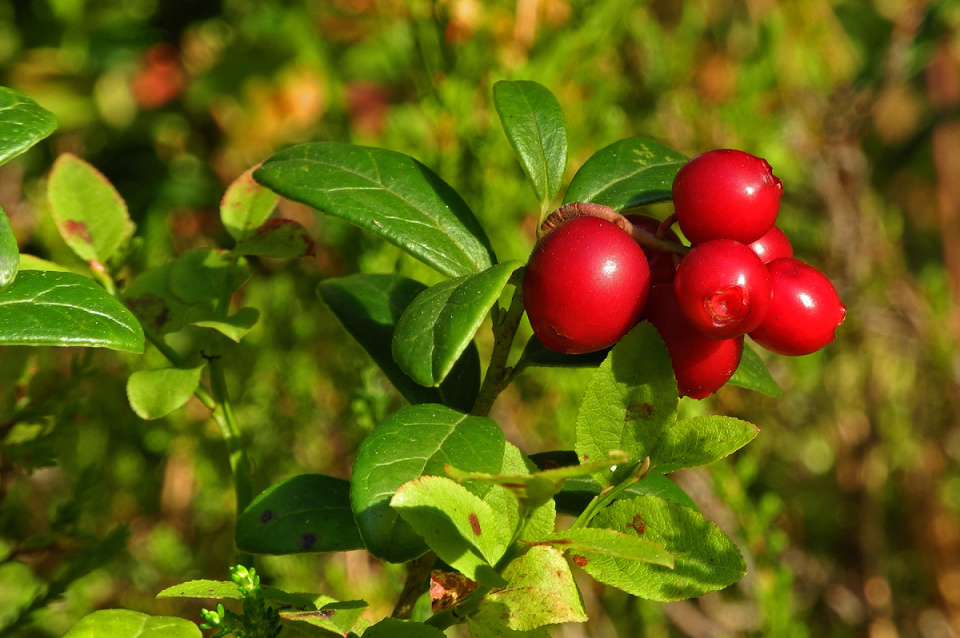

They’re very cold hardy (to zone 2) and in fact they won’t bloom without a long, cold winter. In fact, they’re not at all difficult to cultivate… in cold climates, at least.Ĭranberries are native to the boreal forest (taiga), found growing wild throughout much of eastern Canada as well as in the colder regions of the northeastern United States. You won’t have to flood your vegetable bed or run a harvester over it to raise cranberries in a home garden. They then float to the surface where they can be pumped into a truck, strained, then sent off to a factory for processing. When the fruit ripens in the fall, all they have to do is to flood the beds, then run a mechanical harvester over the plants to knock the berries loose. This is easily to accomplish, as commercial cranberry farms build vast beds surrounded by dikes.

Rather than sending in teams of workers to harvest the very low-growing berries on their knees, growers flood the beds. Wet-picking cranberries on a commercial scale.
LINGON BERRY LEAF FACTORY HOW TO
The misconception that the cranberry is aquatic comes from an interesting fact: when mature, the berries float! And cranberry growers have learned how to take advantage of this detail by carrying out what is called “wet-picking”. True enough, it doesn’t like to dry out entirely, but to conclude it actually grows under water is quite a different story. It normally grows in peat bogs, rooted in sphagnum moss, but also in poor, acid, well-drained soils. In fact, however, the cranberry is a terrestrial plant. The cranberry is a low-growing but thoroughly terrestrial groundcover. This comes for the fact we regularly see television images of cranberry harvesting where massive quantities of berries can be seen floating in water.

There are now cranberry farms throughout North America and Northern Europe and even a few in Chile, yet very few gardeners think to try and grow it this plant in their home gardens, largely because of the misconception that the plant is aquatic, not something you could grow in the average vegetable bed. In fact, cranberry juice has been rapidly gaining in popularity in Europe and Australia as well, where it is seen as a health food, given that the cranberry is known to be particularly rich in antioxidants. In North America, the cranberry or American cranberry ( Vaccinium macrocarpon, formerly Oxycoccus macrocarpus) is traditionally served with turkey at Thanksgiving, Christmas and New Year’s Day meals, either as a jelly or a sauce. American cranberries ( Vaccinium macrocarpon)


 0 kommentar(er)
0 kommentar(er)
